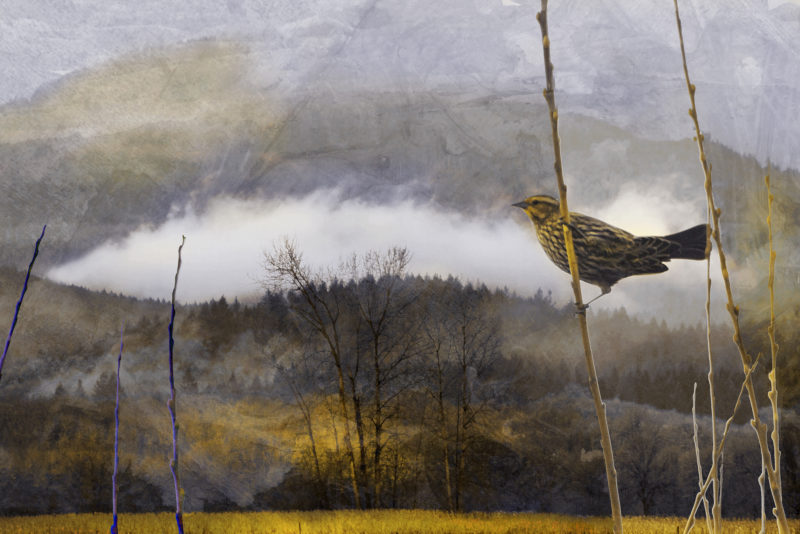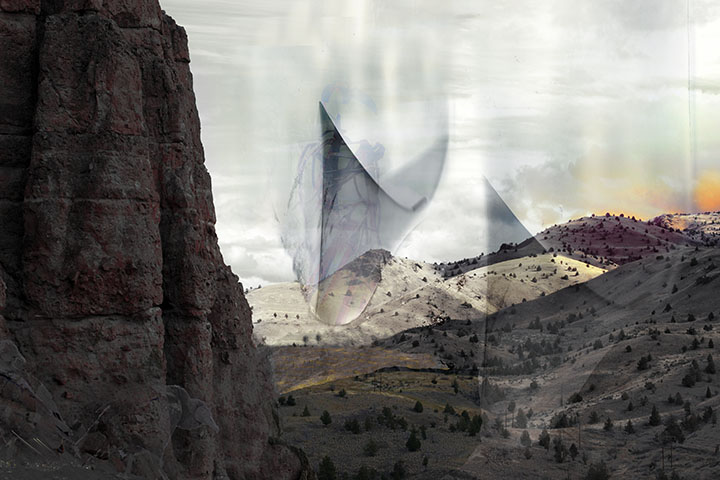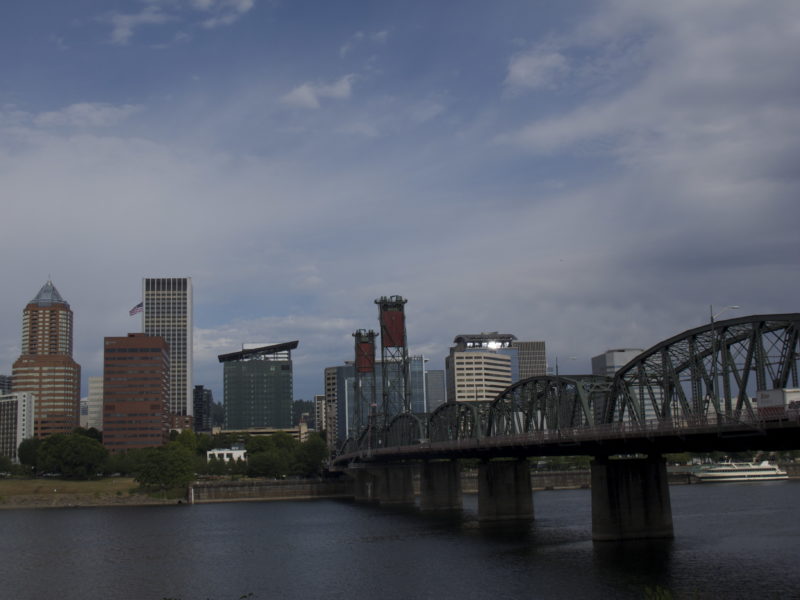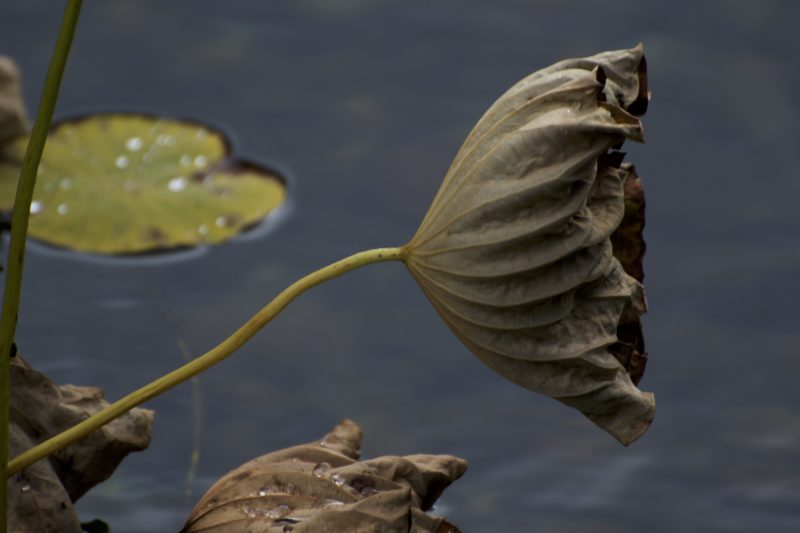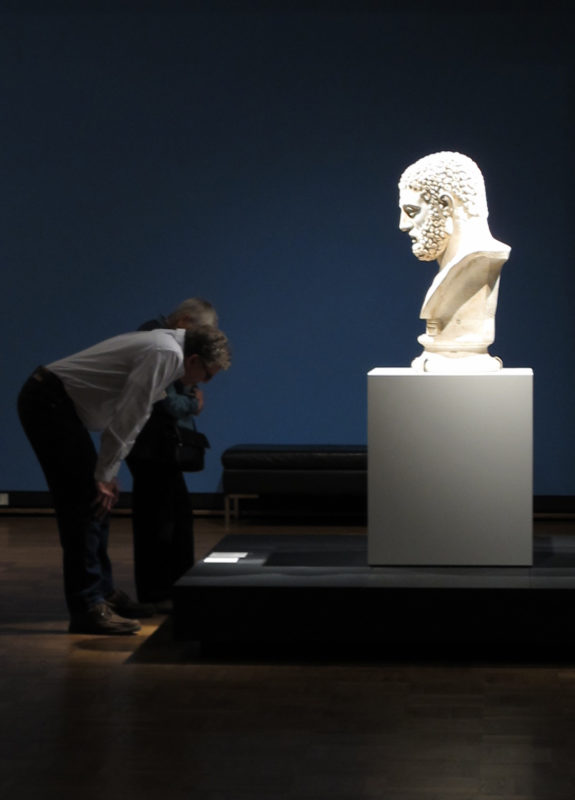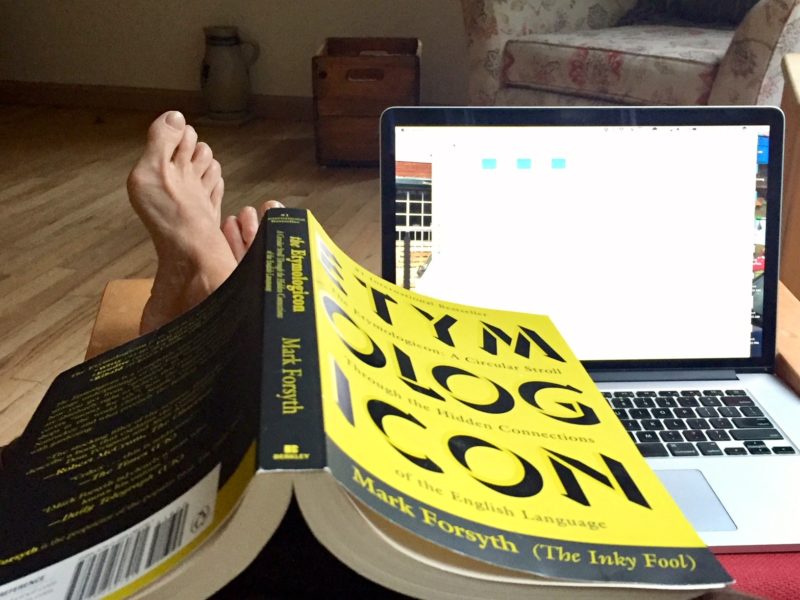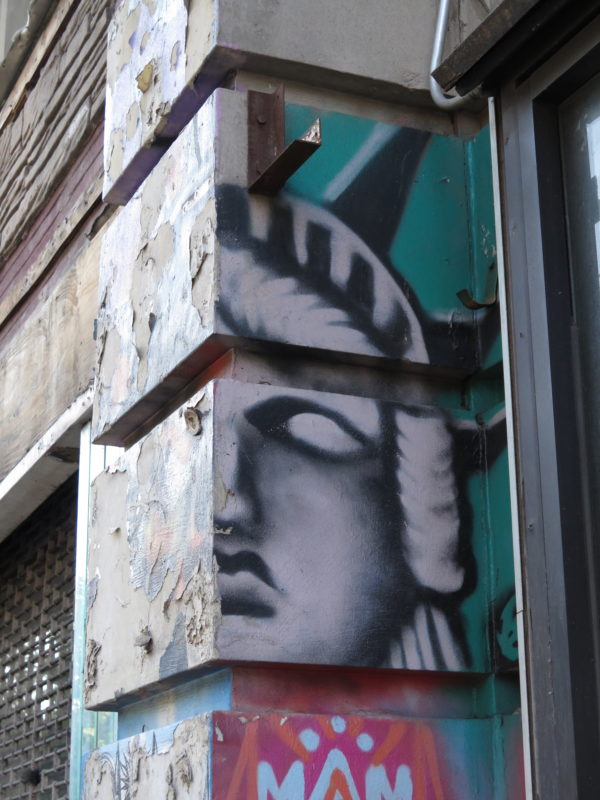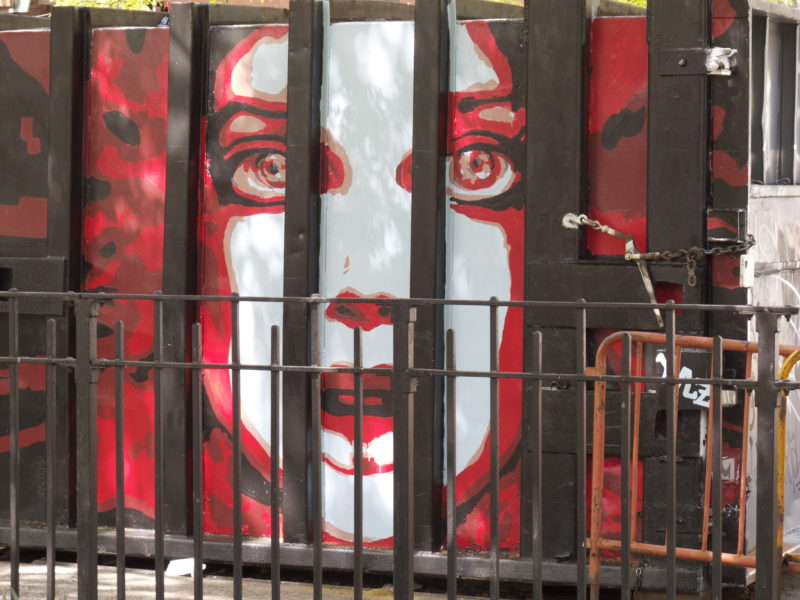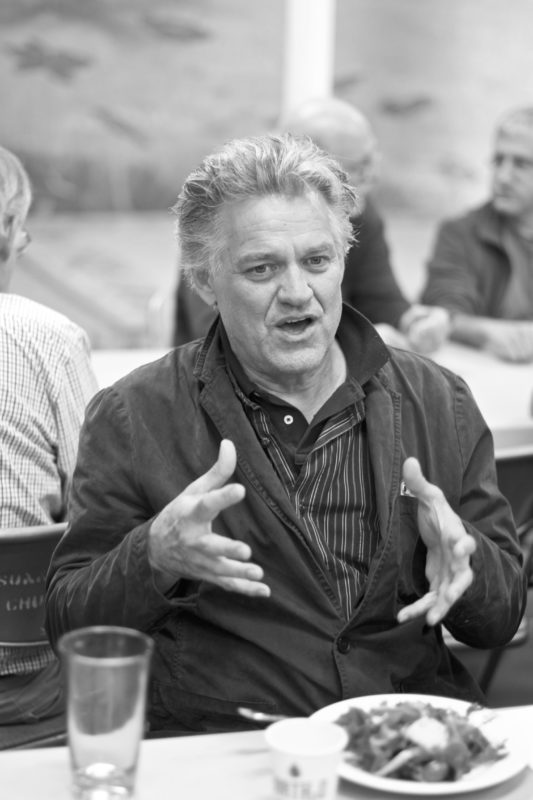 The 2016 series Denizens of Climate Change was intended to showcase the landscapes and bird populations of the Pacific Northwest – all of which will suffer the impact of climate change in the years to come, just like the rest of the world.
The 2016 series Denizens of Climate Change was intended to showcase the landscapes and bird populations of the Pacific Northwest – all of which will suffer the impact of climate change in the years to come, just like the rest of the world.
While photographing the beauty that surrounds us I was wondering how many of these species and natural sights will still be available to later generations. Will we have failed our children and their children by not pursuing a way to halt the destructive exploitation of our world more aggressively?
 Have we done enough to stop the appointment of cabinet members here in the US that consider climate change a hoax, or worse, know it is real but will not forgo short term financial gain regardless of long term consequences? Are we willing to change our own behaviors to delay climate change, starting with how much we drive, how much we consume and what we eat?
Have we done enough to stop the appointment of cabinet members here in the US that consider climate change a hoax, or worse, know it is real but will not forgo short term financial gain regardless of long term consequences? Are we willing to change our own behaviors to delay climate change, starting with how much we drive, how much we consume and what we eat?

For balanced reporting here is some funny reading about the questions you and the birds might have asked yourself about birds at one or another time.
http://www.audubon.org/news/buzzfeed-asked-bunch-bird-questions-and-we-answered
- What if I shit on your car for once? How would you like that?
“Sounds uncomfortable and unsanitary. Most birds poop, pee, and make babies out of the same orifice—called a cloaca, which is Latin for sewer—so relieving on the run is relatively easy for them. Aside from helping plants spread their seeds, bird poop can provide ancient clues for scientists, as well as help fight climate change.
If it makes you feel any better, though, here are some photos of owls getting stuck in toilets.”
I thought I’d copy this paragraph with its link in honor of my mother’s Jahrzeit two days ago – she was a fan of all things owl and would have rolled her eyes over this report. Go fly with them, Lina!
Owls in the Outhouse: Opening the Bathroom Door on a Foul Bird Issue
The montages try to conserve the beauty of what is, and also hint at the destruction that will be upon us if we don’t act. The disquieting nature of the montages is hopefully balanced by their appreciation for nature as we still experience it.

